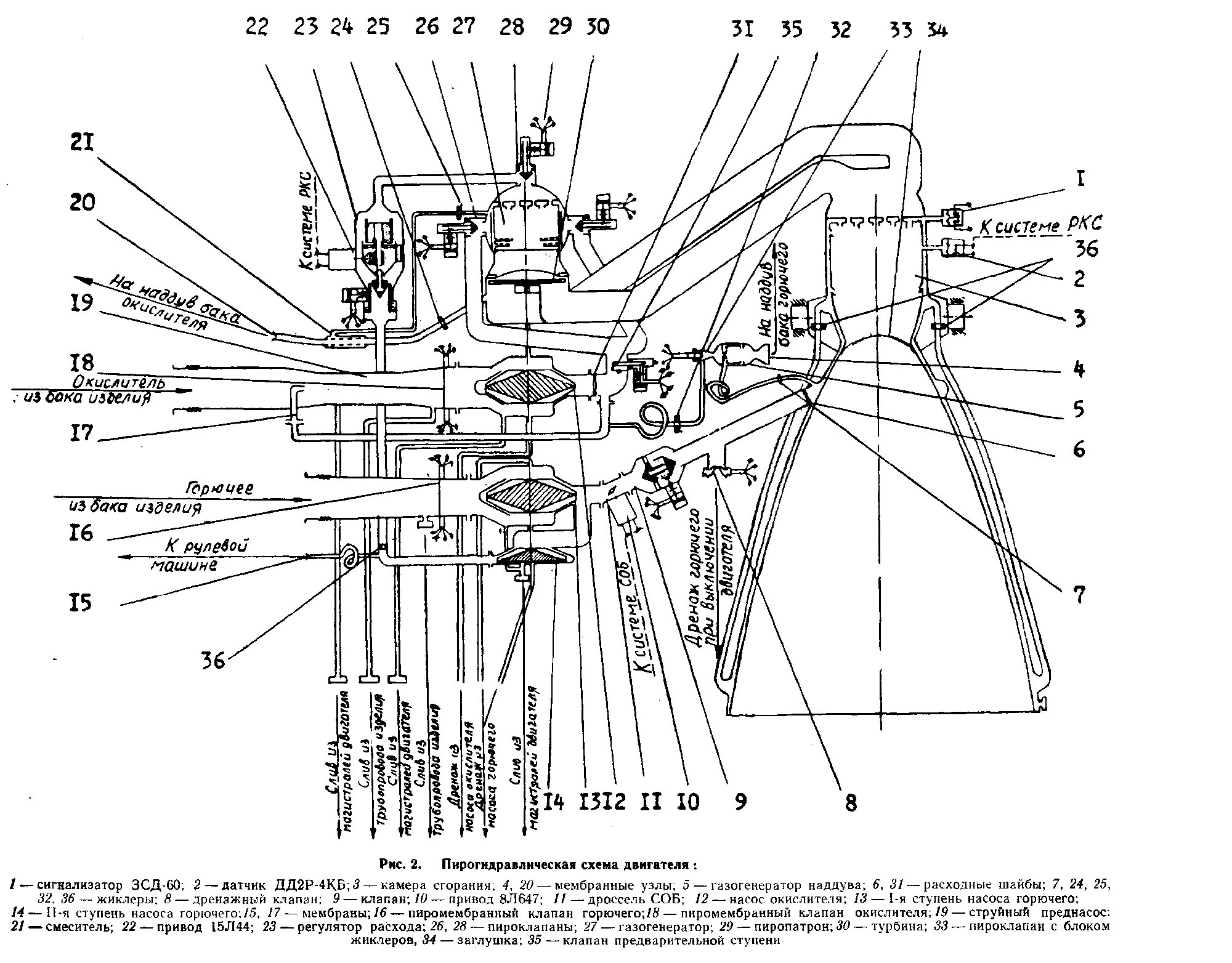Next Proton payload put in storage during failure probe (ASTRA 2E)
[FONT=VERDANA, ARIAL, HELVETICA, SANS-SERIF][SIZE=+2]
Next Proton payload put in storage during failure probe[/SIZE][/FONT]
[FONT=VERDANA, ARIAL, HELVETICA, SANS-SERIF][SIZE=-2]
BY SPACEFLIGHT NOW
Posted: July 9, 2013
[/SIZE][/FONT]
A European television satellite that was scheduled to ride a Russian Proton rocket into orbit later this month has been placed into an extended storage mode, its launch date now unknown in the wake of the disastrous liftoff and crash of a similar booster last week.
[FONT=Verdana, Arial, Helvetica, sans-serif][SIZE=-3]Mission poster for ASTRA 2E launch. Credit: ILS[/SIZE][/FONT]
International Launch Services, the U.S.-based commercial marketer of the Proton, announced Monday that the ASTRA 2E spacecraft, which had not yet been fueled, would be stored at Baikonur Cosmodrome and the team of engineers handling the mission already sent home while the investigation plays out.
A government Proton topped with a triplet of navigation satellites blasted off July 2 (local time), immediately went out of control and smashed into ground a short distance from the pad.
(See earlier story)
ILS said the launch complex was not damaged in the mishap and there were no reports of injuries in the frightening crash.
"The Russian State Commission has been established and will be investigating the potential causes of the failure. Flight and ground telemetry was transferred to Moscow and is being reviewed by subject matter experts. As this mission failed very early in flight, the investigation is concentrating on the pre-launch sequence and early flight telemetry data," ILS said in its statement Monday.
"There are many rumors and much speculation on the internet and through other sources, and you may have your own thoughts and questions as well. The Russian State Commission will complete their work and release their findings in due time."
Once the State Commission announces its findings, ILS will initiate its own Failure Review Oversight Board, or FROB, to review the report and corrective action plan. The FROB will be comprised of representatives from ILS customers, insurance underwriters and technical experts from the industry.
"Since the Russian State Commission is still in progress, we cannot reliably estimate the timing of the FROB, but based on experience, we estimate that it would not start until late July at the earliest," ILS said.
"The schedule for the return to flight and subsequent missions will be determined once the Russian State Commission and ILS FROB completes their efforts and the required corrective actions have been implemented."
ASTRA 2E had been slated for launch July 21.
Headed for geostationary orbit, the spacecraft will be used by global satellite operator SES of Luxembourg for direct-to-home television and broadband services to Europe, the Middle East and Africa from an orbital slot 28.2 degrees East.
Built for SES by Astrium of France using the Eurostar E3000 platform, the spacecraft carries 60 Ku-band and three wideband Ka-band transponders. It has a 15-year design life.
SES has flown 22 previous times with ILS Proton. The firm has 53 satellites in orbit today in a fleet that covers over 99 percent of the world's population.
"Our number one priority at ILS is safety, and we are pleased to report that all personnel associated with the ASTRA 2E campaign were a safe distance away at the ILS safety area, and are all safe. Additionally, we have been told that there were no injuries or casualties to Russian or Kazakh personnel," Monday's statement said.
"The ASTRA 2E spacecraft is safe and has been configured for short term storage. The spacecraft has not been fueled."
The flight is scheduled to be the fifth ILS Proton of the year, the 82nd since 1996 and the 17th with an Astrium-built payload.




